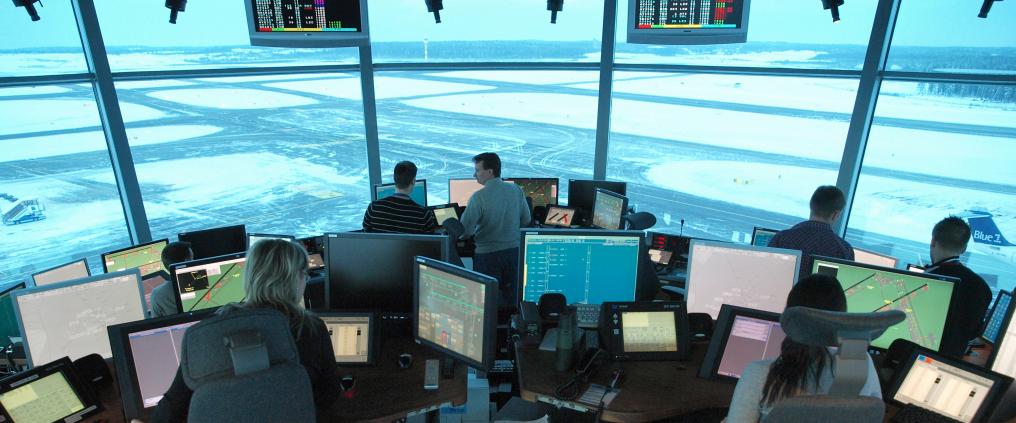They are the first air navigation services providers in the world to extensively introduce enhanced On-Line Data Interchange (OLDI) functionalities between different countries. The improved functionality will increase air traffic control capacity and improve efficiency, benefitting both airlines and passengers.
"Finland has made a political decision to commit to deepening co-operation with other countries in the North European Functional Airspace Block (NEFAB). Therefore, co-operating with our Estonian counterparts to make our systems more compatible is a natural step in European development. The co-operation is seeking improved flight safety and reduced air traffic control costs, which will facilitate reasonably priced tickets," says Raine Luojus, head of air navigation services at Finavia.
Air traffic control systems in different countries share information about air traffic flying through their airspace by using OLDI messages. These messages include flight information, for example about route, altitude and when it will enter the airspace of the next air traffic control unit.
The Finnish and Estonian area control and approach control centres have now significantly increased the number of OLDI messages exchanged between the units, thus enabling additional functions. As a result of data exchange deployment, it is possible to request route and altitude changes through equipment systems, and accepted requests are automatically updated in both countries' air traffic control systems. Until now, re-routing requests made in relation to the original route and altitude change requests have been taken care of by telephone with the other air traffic control unit.
By complementing additionally the number of co-ordination messages, flight control between neighbouring countries becomes smoother and more capacity is added to air traffic control units. Customers can be provided with optimised routes and profiles, which result in shorter flight times and distances. This, in turn, reduces fuel consumption and emissions, resulting in environmental benefits.
This project has been run in close co-operation between Finavia, EANS and the systems provider, Thales, for 18 months during which a total of 11 validation sessions were held. The project relies on the existing ATM systems, and no additional equipment investments were required.
"In the United States, the amount of money used on controlling their busier air traffic is €5 billion less than what Europe spends. Therefore, the EU is strongly seeking to harmonise the procedures of different countries' service providers. Finavia's goal is to be closely involved in the sector's transition to also retain the future competitiveness of Finnish air traffic control know-how", says Luojus.
The introduction of new functions promotes the international NEFAB co-operation, the goal of which is to make air navigation services more cost-effective and to reduce the environmental impact of air traffic in Northern Europe.



